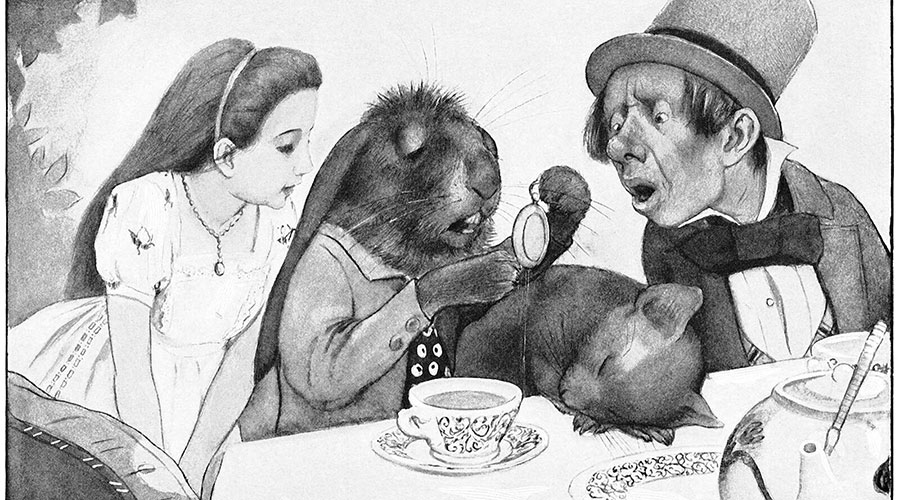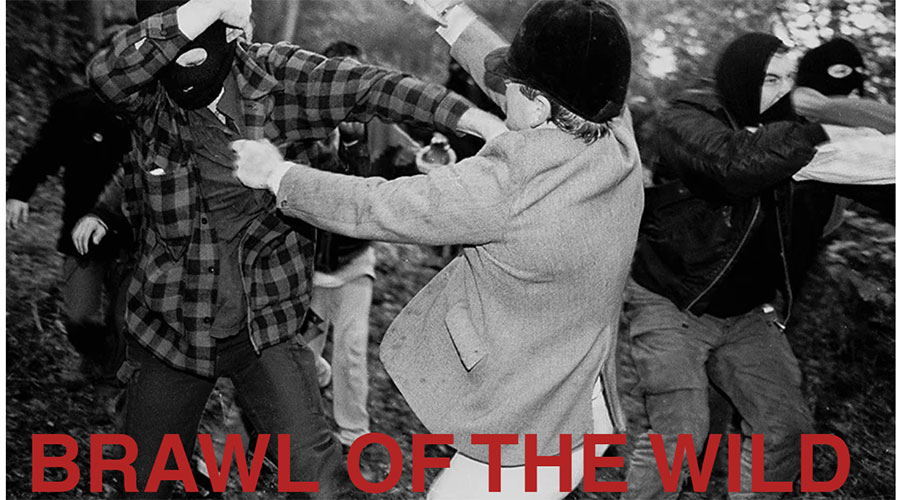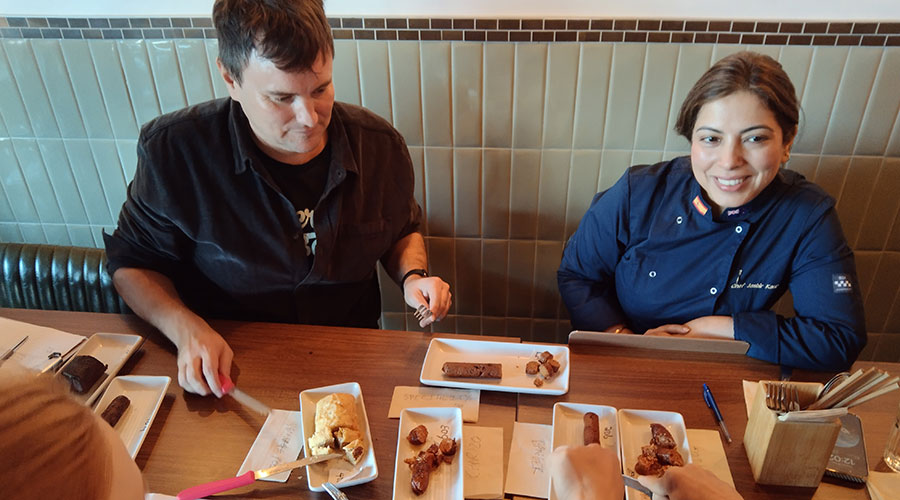The Vegan Patch - Delighted by Weeds

Veganic gardener extraordinaire, Sarah Oliver, speaks with wild food educator Julia Sich about
the wonderful world of edible weeds.
Anyone who reads the Vegan Patch will know I am passionate about wild patches and diversity in the garden to encourage wildlife. I recently attended an Edible Weed Workshop presented by Julia Sich, who describes herself as a woman who is “wild about weeds!” I then visited her in Tauranga to talk further and see her garden.
You may not be aware, but there are many ways to use edible weeds; they can go in salts, smoothies, soups, crackers, vinegars, and be used for infusions in oils. I also discovered that pesto is even better with some edible weeds, as the pesto we tasted during her workshop was delicious. Julia says throwing lettuce and tomato in a salad is very limited. Salads can be wonderfully diverse and look gorgeous as we add a range of edible weeds, including the flowers.
In conversation with Julia, I was interested to hear about all the nutrients and protein in leafy greens. But I wasn’t expecting the huge range of edible weeds found in most people’s gardens and wild patches. In the workshop, Julia had us tasting an array of weeds, many of which I would usually put straight into the compost. Wandering around her diverse garden, I was intrigued by just how many different plants there were and how lush her garden was in mid-summer. It was also wonderful to wander around being handed little tasty morsels from plants that I had no idea you could eat.
Julia comes from a line of passionate gardeners and had a grandmother who described weeds as wildflowers. Julia is a trained horticulturist, but she didn’t discover how important leafy greens were until she was diagnosed with an autoimmune disease. As part of her recovery, she started incorporating lots of traditional leafy greens into her diet and became interested in weeds, discovering many were edible, medicinal, and full of nutrients. As we talked, Julia sipped on plantain tea, while describing all its benefits, including using it externally to soothe insect bites.

In her book, Julia’s Guide to Edible Weeds and Wild Green Smoothies, she writes: “Weeds flourish where we have disturbed the soil and made it bare. Nature abhors the
vacuum of unprotected soil”. I asked her if she does any weeding and she says she does when she grows plants such as carrots which, when tiny, are so easy to disturb, but she suggests going along the row snipping off the small edible weeds
to eat.
When I asked Julia what her favourites are she started to highlight the amaranth family, the plantains, mallows, and dandelions. She talked
about magenta spreen, which is very high in protein and minerals and is also very pretty.
After naming a few different plants she simply exclaims: “They’re all heroes!”
I asked Julia how to get started if you have never identified and eaten an edible weed before. Her first suggestion is to start with something that tastes nice, like chickweed. She advises using small amounts and being 150% confident you know what you are picking and that it is edible. Julia says we do have a strong ancestral instinct to be cautious. She has eight ‘golden rules’ for enjoying wild edibles responsibly, and number one is, if you don’t know what it is, don’t eat it. But it also includes such good advice as knowing the different growth stages of the plants and being careful not to forage for anything sprayed. You can find her full list of golden rules on her website: juliasedibleweeds.com/edible-weeds.
In addition to her extensive website and previously mentioned book, Julia runs workshops on edible weeds — visit juliasedibleweeds.com for more information.
Remember, some weeds are very damaging to our native forests. This is another good reason to learn to identify weeds and less traditional vegetable plants, flowers, and fruits, so we can also protect and stop the rampant smothering weeds escaping our gardens.
One thing that has been confirmed for me during my talks with Julia is that there is a lifetime of knowledge waiting to be explored — our ancestors knew so much, and our diets could be so much more diverse. I am inspired to keep learning and I hope you will be too.
To see more from Sarah’s garden, follow her on Instagram @flowering_bean_organic_
gardens
Aotearoa Vegan and Plant Based Living Magazine
This article was sourced from the Autumn 2022 edition of The Vegan Society magazine.
Order your own current copy in print or pdf or browse past editions.
Disclaimer
The articles we present in our magazine and blog have been written by many authors and are are not necessarily the views and policies of the Vegan Society.
- The Vegan Society
Enjoyed reading this? We think you'll enjoy these articles:
Vegan Whispers in our Childhood Reading?
Vegan Whispers in our Childhood Reading? Ian Duffield dives into the canon of classic children’s books to explore the way animals have …
The Humanity Trigger
The Humanity Trigger First-time author Mark Fitzpatrick, AKA Mark Humanity, shares his war stories as a veteran hunt saboteur in Europe, along …
NZ’s Best Vegan Bangers
NZ’s Best Vegan Bangers Claire Insley, the Vegan Society’s media spokesperson, heads along to the NZ Vegan Sausage Awards, an annual celebration …




